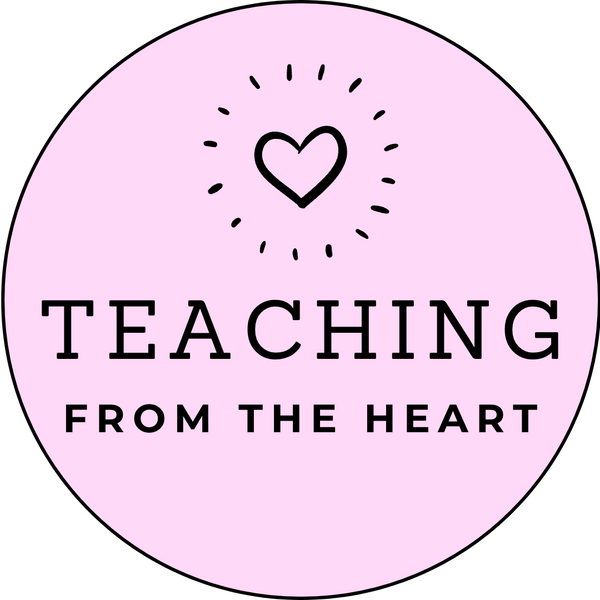NAIDOC Week All Year Round
Share
NAIDOC Week resources should not only be used just during NAIDOC week or particular occasions. If a resource is valuable, use it all year round! This fosters a more inclusive and respectful learning environment, deepens students' understanding of Aboriginal and Torres Strait Islander cultures, and supports reconciliation efforts in Australia.
Here are a range of reasons why it is essential to recognise that Aboriginal and Torres Strait Islander perspectives and knowledge should be integrated into the curriculum throughout the year, rather than being limited to a single week:
Aboriginal and Torres Strait Islander Perspective:
Incorporating Aboriginal and Torres Strait Islander perspectives and knowledge throughout the year helps foster a deeper understanding and appreciation of the rich cultural heritage of Australia. It allows students to connect with the country's Aboriginal and Torres Strait Islander history, culture, and traditions beyond the limited scope of a single week.
Promoting Respect and Reconciliation:
By regularly engaging with NAIDOC Week resources, students develop a sense of respect for Aboriginal and Torres Strait Islander peoples. It reinforces the importance of reconciliation, acknowledging past injustices, and working towards a more inclusive, equitable and educated society.
Embedding Aboriginal and Torres Strait Islander Histories and Cultures:
The inclusion of NAIDOC Week resources in everyday learning allows for the meaningful integration of Aboriginal and Torres Strait Islander histories and cultures across various subjects. This ensures that Aboriginal and Torres Strait Islander perspectives are not treated as an isolated event but are deeply woven into the curriculum, routines and everyday life and learning.
Breaking Stereotypes and Misconceptions:
By consistently using NAIDOC Week resources, teachers can challenge stereotypes and misconceptions that students might have about Aboriginal and Torres Strait Islander peoples. A comprehensive and accurate representation of Aboriginal and Torres Strait Islander cultures helps break down prejudices and promotes a more informed and inclusive perspective.
Supporting Aboriginal and Torres Strait Islander Students:
For Aboriginal and Torres Strait Islander students in the class, seeing their culture celebrated and acknowledged throughout the year can enhance their sense of belonging and identity. It shows that their heritage is valued and respected in the school community.
Developing Cultural Competency:
Exposure to NAIDOC Week resources helps students to develop cultural competency, enabling them to interact sensitively and respectfully with Aboriginal and Torres Strait Islander cultures throughout their lives.
Addressing Cross-Curricular Priorities:
The Australian Curriculum includes cross-curricular priorities, one of which is Aboriginal and Torres Strait Islander Histories and Cultures. Utilising NAIDOC Week resources all year round helps teachers address this priority effectively and inclusively.
Encouraging Ongoing Learning:
NAIDOC Week is an opportunity to highlight Aboriginal and Torres Strait Islander culture, but it's essential to recognise that Aboriginal and Torres Strait Islander knowledge is vast and diverse. Engaging with resources beyond this designated week allows for a more in-depth and ongoing learning experience for both yourself and your students.
Inspiring Social Responsibility:
By integrating Aboriginal and Torres Strait Islander perspectives throughout the year, students are encouraged to think critically about social justice issues and their role in promoting a fair and inclusive society.
Creating a Lasting Impact:
Utilising NAIDOC Week resources beyond the week itself ensures that the learning is not just a fleeting event or tokenistic. It promotes a lasting impact, shaping students' attitudes and understanding of Aboriginal and Torres Strait Islander cultures for the long term.
